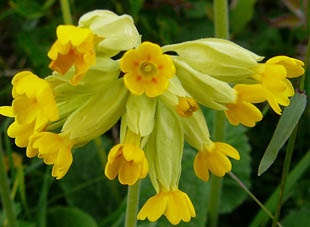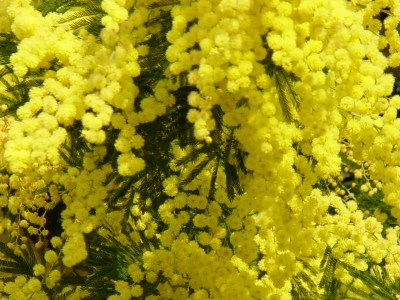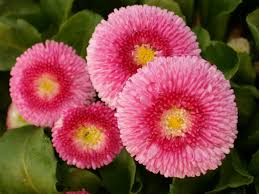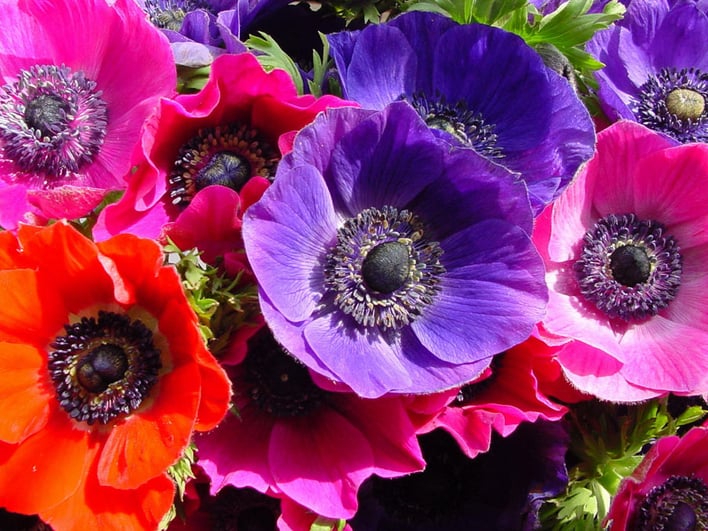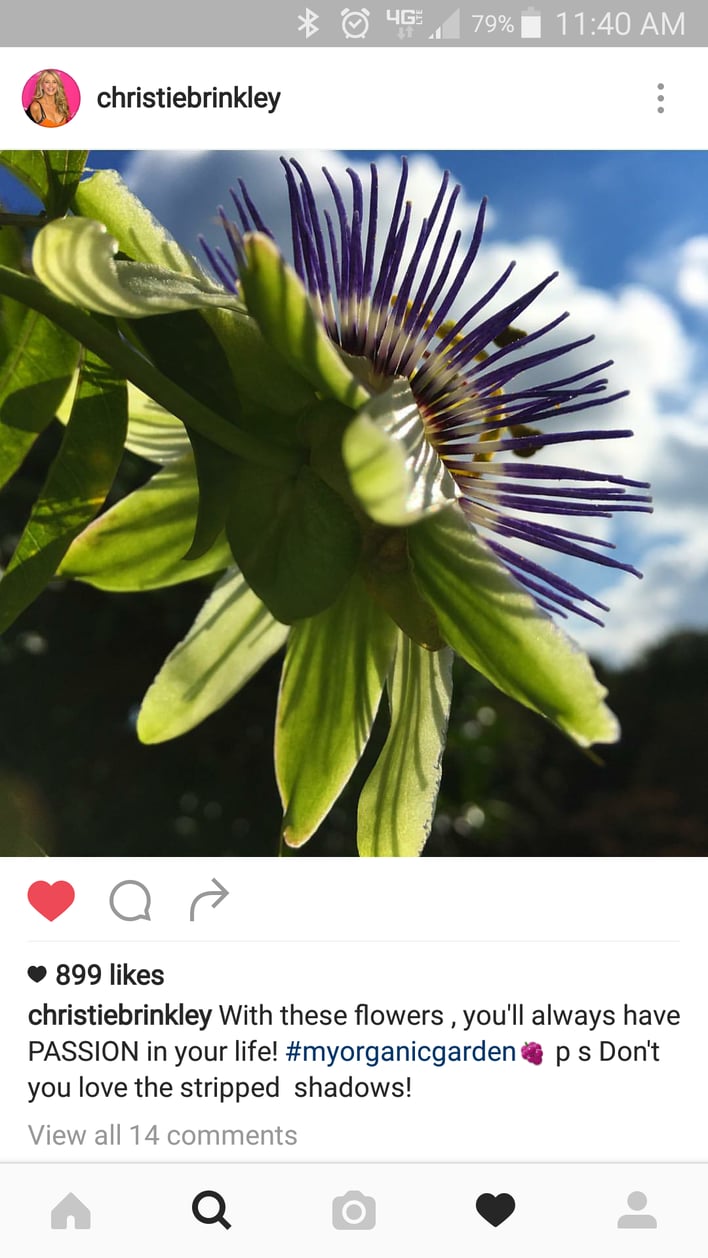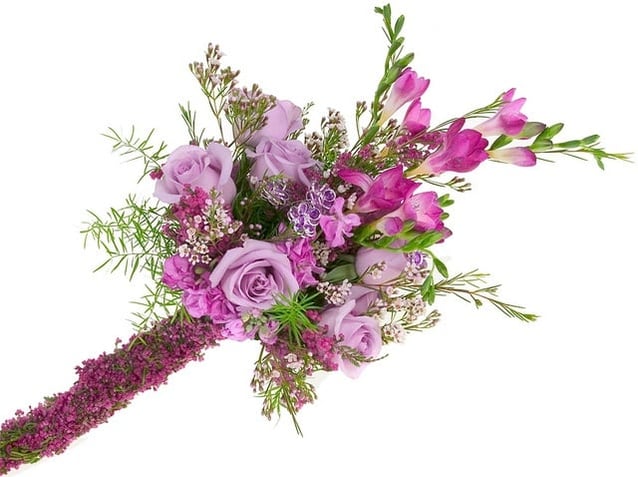In this time, many of us are seeking signs of peace and tranquility due to the tumultuous conditions we view our world is in today. Everyday life has seemed to also become far more stressful and hectic compared to only two decades ago, causing painful anxiety for millions of people. Technology, inflation, over population and depleting environmental concerns are just a few of the reasons why we struggle to maintain a harmonious balance with others and ourselves. For some, exercise is their chosen therapy and for others; perhaps meditation or sleep is what works to keep them above the surface of the water. Whatever means you implement, it is a proven fact that these activities are beneficial for our mental being and is detrimental in maintaining a healthy lifestyle.

One facet that is becoming more and more popular as we continue to seek our own Zen avenue, is the accumulation of specific species of plants that are known to effervesce the spirit of “peace”. From around the earth, different ethnicities, cultures and religions have collected these plants for centuries claiming they possess some sort of healing property to induce the feeling of relaxation. It isn’t unheard of to infuse teas with lavender petals or rose hips to encourage a particular sensation so why is it far fetched that just viewing a blossom can also change our mental state? According to experts, if you place one of these blooms in front of you for at least a half hour to an hour a day, you can actually stimulate positive hormones throughout the human body. Ideal placement would be on a dining room table, bedroom or a sitting area of the home that you spend a significant time within. Check out these interesting varieties of flowers and see if you might enjoy the benefits of ocular floral hypnotherapy.
- White Poppies
- Lavender
- Apple Blossoms
- Olive Branches
- Cat Tails

